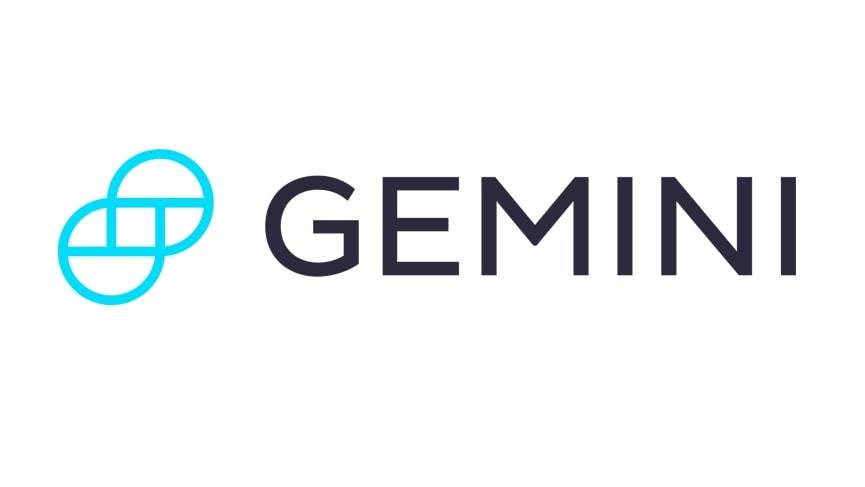
The real estate market changes quickly, and as an investor, you have to be aware of these adjustments to make intelligent decisions.
Refinancing investment properties is a standard option for capitalists to gain more from their rental and commercial properties. If you want to find out more about refinancing, read on as you’ll find out what it is, how it works, and how to apply for one.
What Does Refinancing Mean
Refinancing in real estate refers to the act of paying off your existing home loan by taking out a new mortgage. Property investors and homeowners engage in refinancing mainly to save on their monthly payments, adjust their loan periods, or borrow against their property equity. Ideally, the new property refinancing terms must be better than the current loan—although there are other factors to consider.
In property refinancing, the most common considerations that borrowers take are reduced interest rates and loan periods. Browse through lending companies’ sites such as the one from Homestar Finance to find out more about refinancing terms and conditions.
3 Main Types Of Refinancing
Generally speaking, different loan products can be tailored to borrowers’ various needs. Some lending institutions can be pretty flexible and allow borrowers to negotiate their mortgage terms and interests.
Below are the most common types of refinancing property investors may avail of:
- Rate-and-term refinance
Rate-term-refinance is the most common refinancing type which works by replacing your previous loan with a new one with better terms. Its name refers to the two main components of the loan that it wishes to restructure: interest rate and loan term. With this type, borrowers can enjoy lower interest rates at typically shorter terms.
Try Gemini Today! 123
The Gemini Exchange makes it simple to research crypto market, buy bitcoin and other cryptos plus earn Up to 8.05% APY!
- Cash-out refinance
Refinancing through the cash-out method dictates borrowers to take in a new mortgage that’s bigger than the current one. Borrowers can use the extra cash for this refinancing type for property upkeep and renovations. In some cases, the extra money may be used to purchase another rental.
There’s a catch for cash-out refinance, though: lenders will likely require borrowers to have paid a substantial amount in equity, as they’re less likely to release more than 80% of your property’s total cost.
- Cash-in refinancing
With cash-in refinancing, a borrower will have to take a new loan that’s lower than their existing mortgage. Reduced loan amounts mean lowered interest rates and a shorter term.
Why Refinance Your Investment Property
Whichever refinancing method you choose, the goal should always be to decrease your monthly payments and shorten your loan term in order to provide you with optimum return on investment (ROI).
An investor who owns a property rental can enjoy better cash inflow from tenants whose monthly fees aren’t impacted by the refinancing scheme. In some cases, property investors can save on expenses through reduced mortgage payments while increasing rental earnings. The extra cash can be used to diversify one’s investment portfolio or to purchase another rental property.
How Does The Investment Property Refinancing Process Go?
Getting a new mortgage to pay off your existing loan isn’t much different from applying for a new loan. Before using this loan product, an investor-borrower should be aware of the following standard processes:
- Preparing documents
Lenders require borrowers to show proof of income and other financial documents such as copies of pay stubs, tax returns, bank statements, property insurance policy, verification of rental income, and lease agreement.
- Visiting different lenders
Multiple financial institutions offer different rates and terms, so it’s best to speak with a variety of lenders to get the best deal possible. Don’t feel obliged to transact only with your current lender, as you could be missing the opportunity to find better deals elsewhere.
- Applying for a loan
After choosing the institution with the best value, fill out an application form and submit your documents.
- Locking in your new interest rate
The lender will send you the loan terms and conditions after application submission. Review the terms thoroughly, especially the interest rate and payment scheme. The lender will wait for your response and lock in the interest rate once you’ve responded favorably to the offer.
- Underwriting and closure
Once you’ve agreed to the new mortgage terms, your application will be reviewed by a loan underwriter—which validates the documents you’ve submitted. Once this financial professional thumbs up your application, you may pay the closing costs and other fees to get the refinanced loan for your rental property.
The average process may take anywhere from one month to three months, depending on how stringent the lending company is. If you’re asking to refinance with your current lender, it may take a shorter period though.
Closing Thoughts
In deciding whether to have your rental properties refinanced, keep in mind the current market situation. Ideally, it should be done when interest rates are rock-bottom and property prices are high. In this case, you can save on monthly amortization fees while receiving increased incomes.
Going through investment property refinancing isn’t any different from other forms of refinancing terms. So, take your time to shop for competitive rates and lock your new interest rates once you think you’ve gotten the best deal out there.
Author Bio
Luis Mendel is an investor and finance specialist. During his free time, he writes blogs for different online publications. Luis likes mountain climbing, cycling, and other outdoor adventures.


